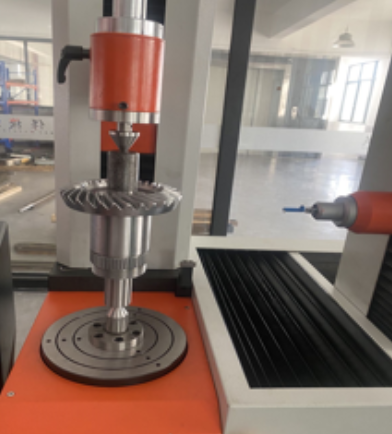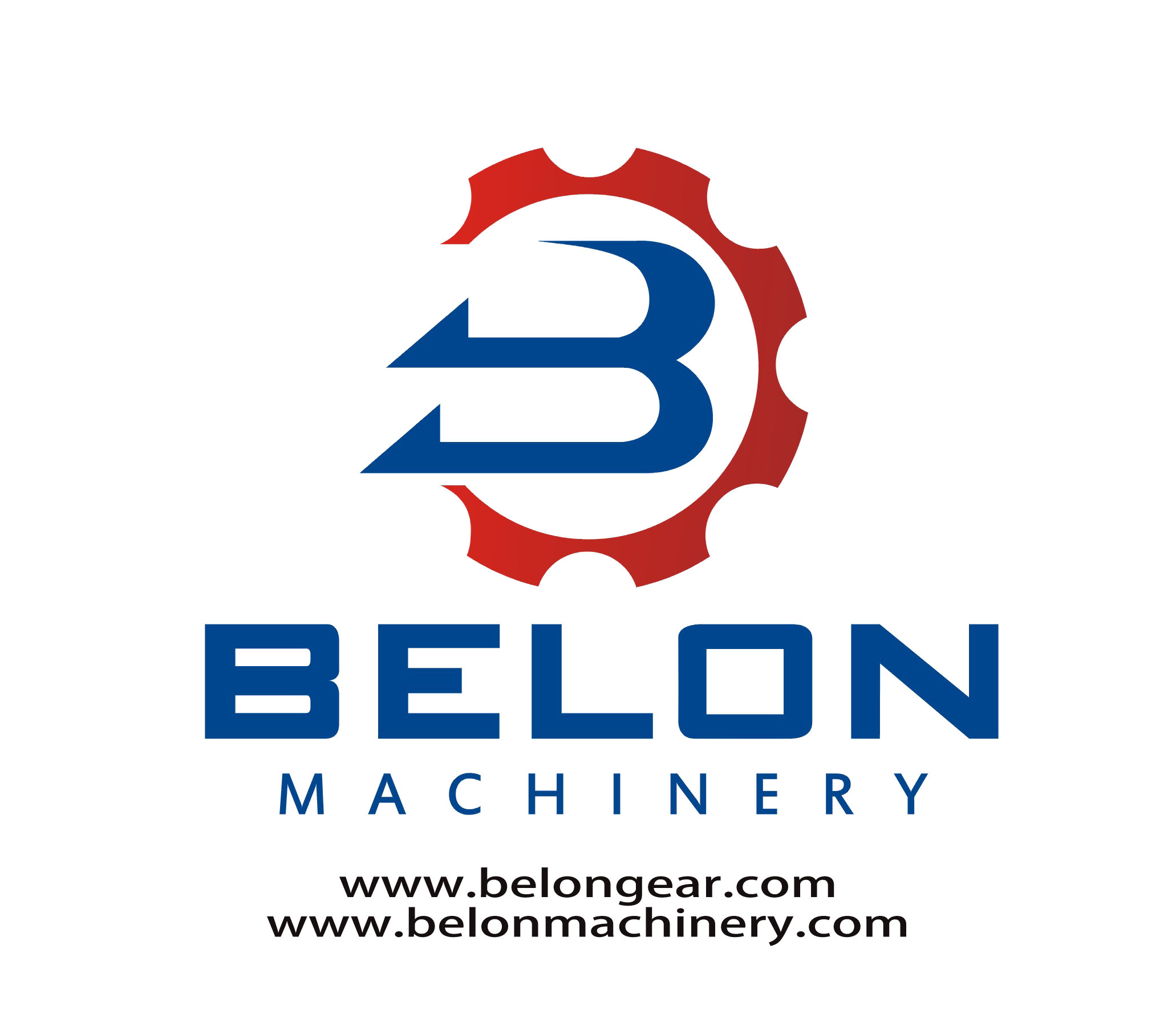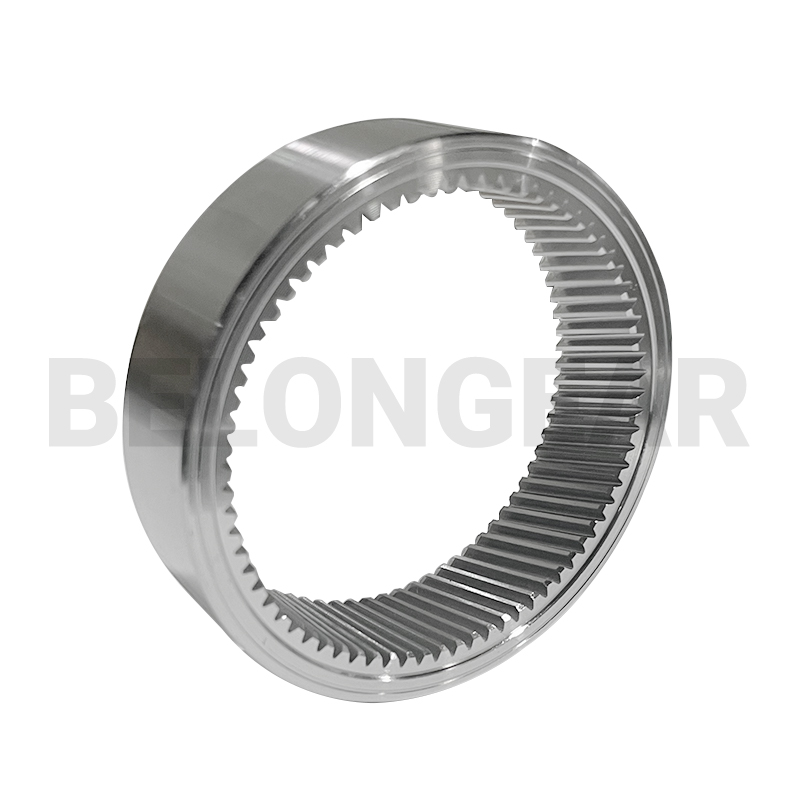How to Reduce Gear Nois Engineering Precision with Belon Gear
In modern mechanical systems, noise is more than just an auditory annoyance it can signal inefficiencies, design flaws, or excessive wear. For manufacturers and operators, especially in automotive, aerospace, and industrial machinery sectors, minimizing gear noise is essential for product quality, durability, and user satisfaction. At Belon Gear, we take gear acoustics seriously, applying advanced engineering practices to reduce gear noise while maintaining optimal performance.

Understanding the Source of Gear Noise
Gear noise typically originates from two main sources: mechanical vibration and transmission error. These are often caused by factors such as tooth profile errors, poor surface finish, misalignment, and backlash. The interaction between gear teeth during meshing can produce cyclic forces that lead to structure borne and airborne noise. Over time, wear and environmental conditions can also contribute to increased noise levels.
Belon Gear’s Approach to Noise Reduction
At Belon Gear, our engineering team integrates a combination of design optimization, precision manufacturing, and quality control to tackle gear noise from the root.
1. Precision Gear Design
The first step toward reducing noise starts with precise gear geometry. We use advanced CAD and simulation tools to model and optimize tooth profiles, ensuring uniform load distribution and smooth meshing. Profile modifications, such as crowning and tip relief, are often applied to minimize transmission error and reduce impact during gear engagement.

2. High Quality Materials
Material selection plays a key role in dampening vibrations and resisting wear. Belon Gear uses high grade alloy steels and specialized treatments such as case hardening and shot peening to improve strength and fatigue resistance. These treatments not only increase lifespan but also reduce the likelihood of micro pitting and gear surface damage that can contribute to noise.
3. Precision Manufacturing and Grinding
We employ state of the art CNC machines and Klingelnberg grinding technology to achieve micron level accuracy in gear tooth finishing. Especially in bevel and spiral bevel gears, precision grinding significantly improves surface finish and reduces friction. A smoother surface means less vibration and, consequently, less noise.
4. Lapping and Superfinishing
Belon Gear also applies lapping and superfinishing processes on critical gears, especially spiral bevel and hypoid gears. These finishing techniques help refine surface roughness and improve tooth contact patterns, resulting in quieter and smoother gear operation. This is particularly important in automotive and aerospace applications where acoustic comfort is paramount.
5. Strict Quality Control
Every gear produced by Belon undergoes a rigorous inspection process. We use CMMs, gear testers, and noise measurement systems to validate gear quality and performance. This ensures that each component meets our exacting noise and vibration standards before it leaves the factory.

The Belon Gear Advantage
Reducing gear noise is not just about modifying a single process it’s about a comprehensive, systematic approach that involves design, materials, manufacturing, and testing. Belon Gear combines decades of experience with modern technologies to ensure our gears are not only strong and efficient but also quiet and reliable.
Whether you require gears for high performance vehicles, industrial machinery, or robotics, Belon Gear delivers customized solutions that meet the highest acoustic and mechanical standards.
Post time: Jun-25-2025




